As electric vehicles (EVs) become more prevalent, they are reshaping the landscape of long-distance road trips. While once considered impractical for lengthy journeys, advances in technology and infrastructure are making EVs a viable option for those who love the open road. EVs are transforming the future of long-distance travel and what that means for drivers.
The Rise of Electric Vehicles
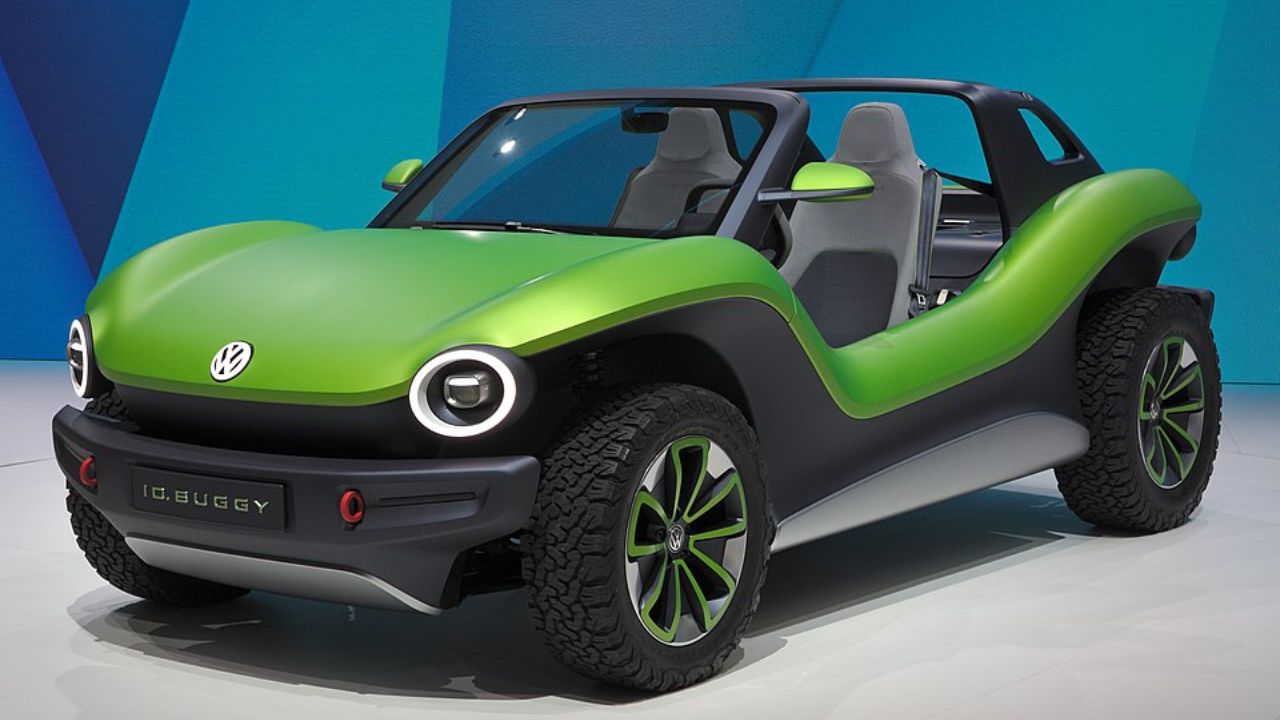
The market for electric vehicles has seen significant growth over the past decade. According to the International Energy Agency, global EV sales surpassed 10 million units in 2022, reflecting a substantial shift in consumer preference. As environmental awareness rises and governments push for more sustainable transportation, consumers are increasingly opting for EVs over traditional cars. This trend is evident in the rapid adoption rates seen across North America, Europe, and Asia.
Technological advancements have played a crucial role in this shift. Modern EVs boast improved battery life, allowing for longer distances on a single charge. Models like the Tesla Model S Long Range can achieve over 370 miles per charge, addressing previous concerns about limited range. Additionally, the development of faster charging technologies, such as Tesla’s Supercharger network and Electrify America’s ultra-fast chargers, significantly reduces downtime during road trips.
Moreover, the environmental impact of EVs is a compelling reason for their growing popularity. Unlike gasoline vehicles, EVs produce zero tailpipe emissions, contributing to cleaner air and reduced greenhouse gas emissions. As more electricity is sourced from renewable energy, the overall carbon footprint of EVs continues to diminish, making them an environmentally responsible choice for long-distance travel.
Infrastructure Developments
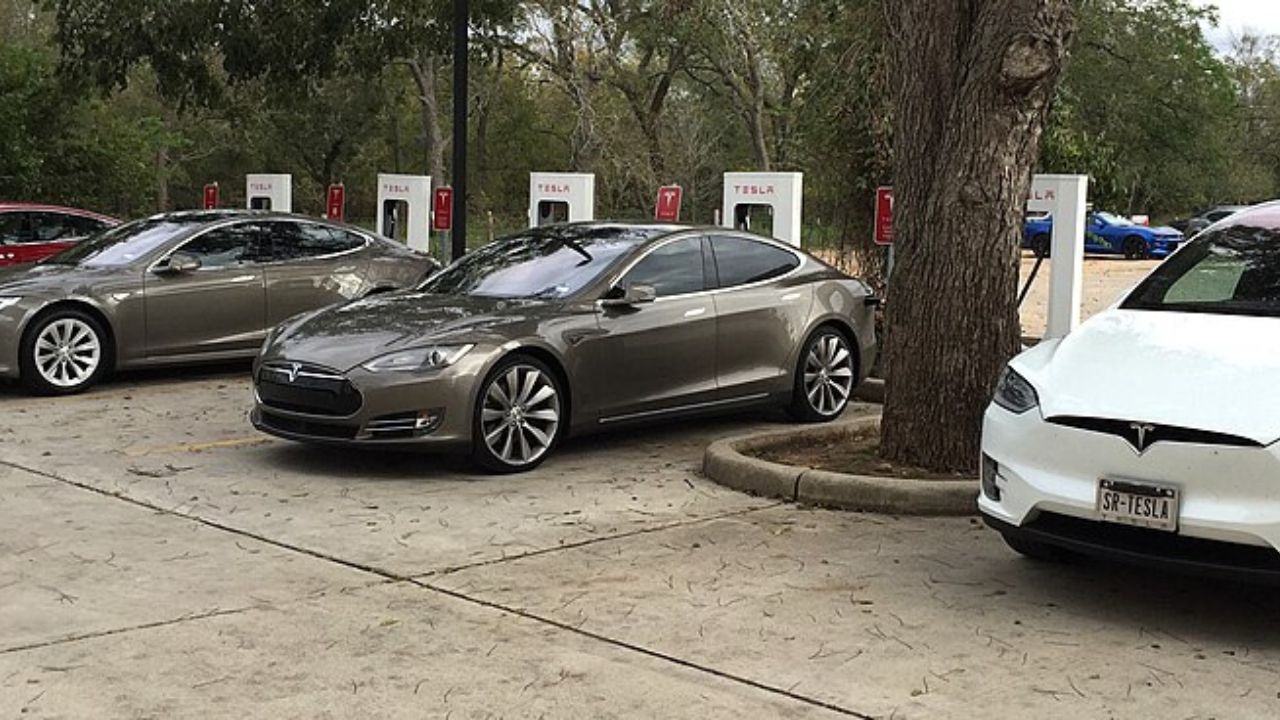
The expansion of charging networks is vital to the feasibility of long-distance EV road trips. In recent years, the number of charging stations has surged, with companies like ChargePoint and EVgo working to establish extensive networks along major highways and popular travel routes. This growth ensures that EV drivers have access to charging options in even the most remote locations, alleviating concerns about being stranded with a depleted battery.
Innovations in charging technology further enhance the experience for EV road-trippers. Ultra-fast chargers can deliver up to 300 miles of range in just 20 minutes, making charging stops more convenient than ever. Additionally, battery swap stations, although less common, offer a quick alternative by replacing a depleted battery with a fully charged one in a matter of minutes, as demonstrated by companies like NIO in China.
Both government and private sector initiatives are crucial in fostering these developments. Many governments offer incentives for businesses to install charging stations, while public investments continue to bolster the infrastructure needed for widespread EV adoption. Private companies are also investing in research and development to improve the efficiency and accessibility of charging networks, ensuring that EV road trips become as seamless as those in traditional vehicles.
Planning a Long-Distance EV Road Trip
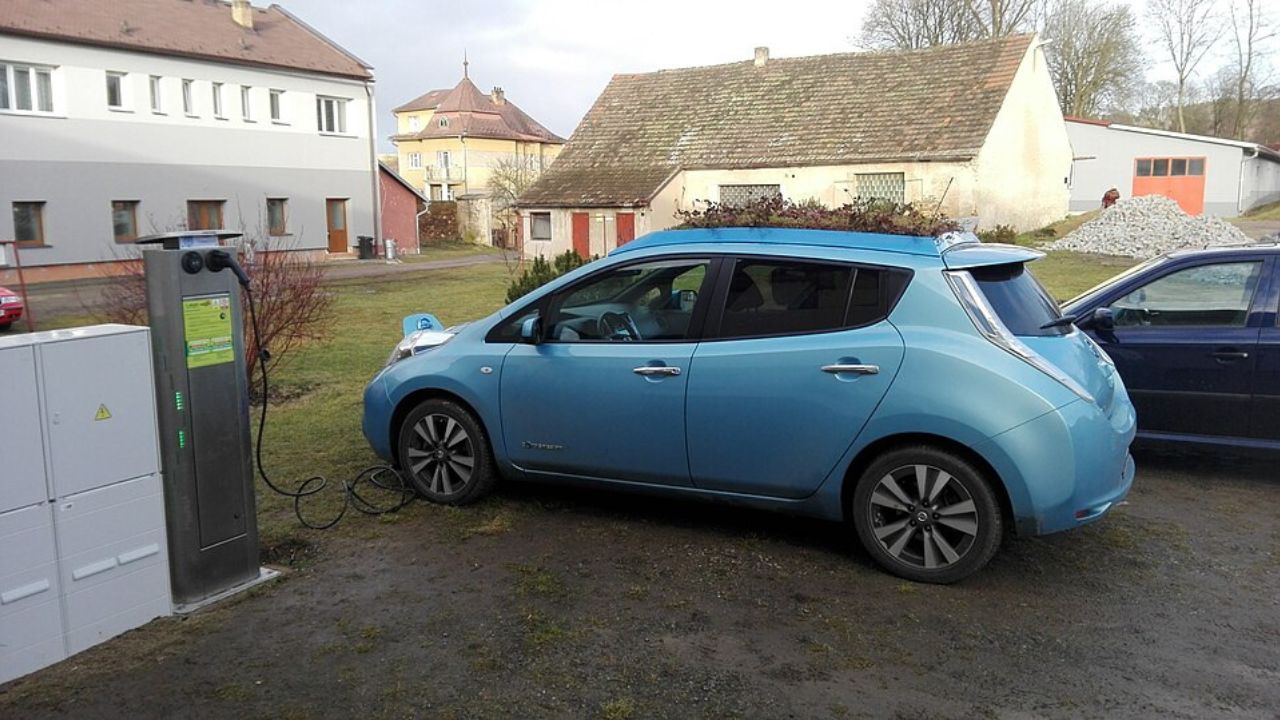
Planning a successful long-distance EV road trip requires a bit more strategy than with a traditional vehicle. It’s essential to map out routes that align with available charging stations. Apps like PlugShare and A Better Routeplanner can help drivers locate charging points, estimate charging times, and avoid unnecessary delays. By strategically planning charging stops, drivers can minimize downtime and maximize travel efficiency.
EV-friendly accommodations are another consideration for road trippers. Many hotels now offer charging facilities as part of their amenities, catering to the growing number of EV travelers. Chains such as Marriott and Hilton have begun integrating charging stations at select locations, making it easier for EV drivers to recharge overnight. Additionally, attractions and restaurants along popular routes are increasingly providing charging options, enhancing the convenience of EV travel.
Digital tools and apps are invaluable resources for EV travelers. In addition to route planning and charging station locators, apps like Tesla’s mobile app provide real-time updates on battery life and charging progress. These tools help drivers stay informed and make necessary adjustments to their travel plans, ensuring a smooth and enjoyable journey.
Challenges and Considerations
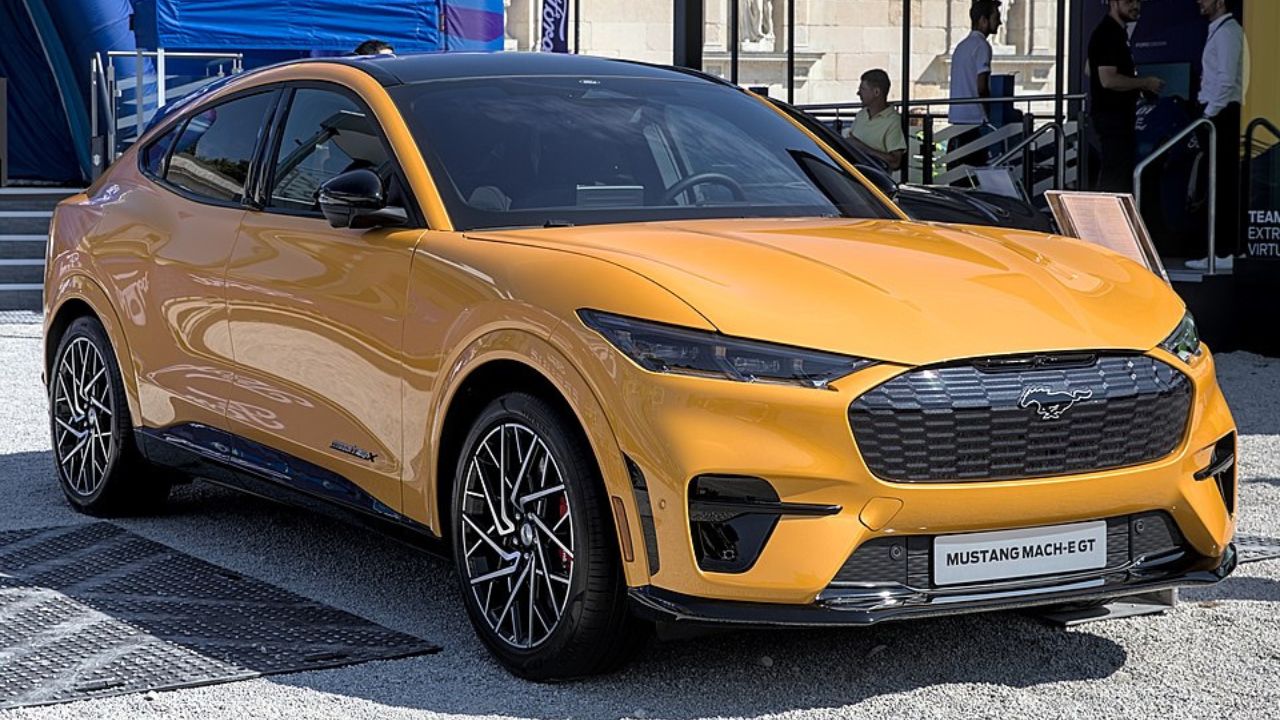
Range anxiety remains a common concern among potential EV drivers, but advancements in battery technology and the proliferation of charging stations are steadily addressing this issue. As mentioned earlier, modern EVs offer extended ranges that rival or exceed those of traditional vehicles. The psychological barrier is gradually diminishing as drivers become more accustomed to the availability and convenience of charging infrastructure.
When considering a long-distance EV road trip, it’s important to evaluate vehicle choices and potential limitations. While a variety of models are suitable for extended travel, such as the Tesla Model 3 and Ford Mustang Mach-E, others may not be as well-equipped for lengthy journeys. Factors such as battery capacity, charging speed, and onboard technology can influence the overall experience, so selecting the right vehicle is crucial.
Cost is another factor to consider. Although EVs can be more expensive upfront, they often provide savings over time through reduced fuel and maintenance costs. A long-distance road trip in an EV can be more economical due to the lower cost of electricity compared to gasoline. However, it’s essential to weigh these savings against potential expenses, such as longer charging stops or specialized equipment for charging.
The Future Outlook for EV Road Trips
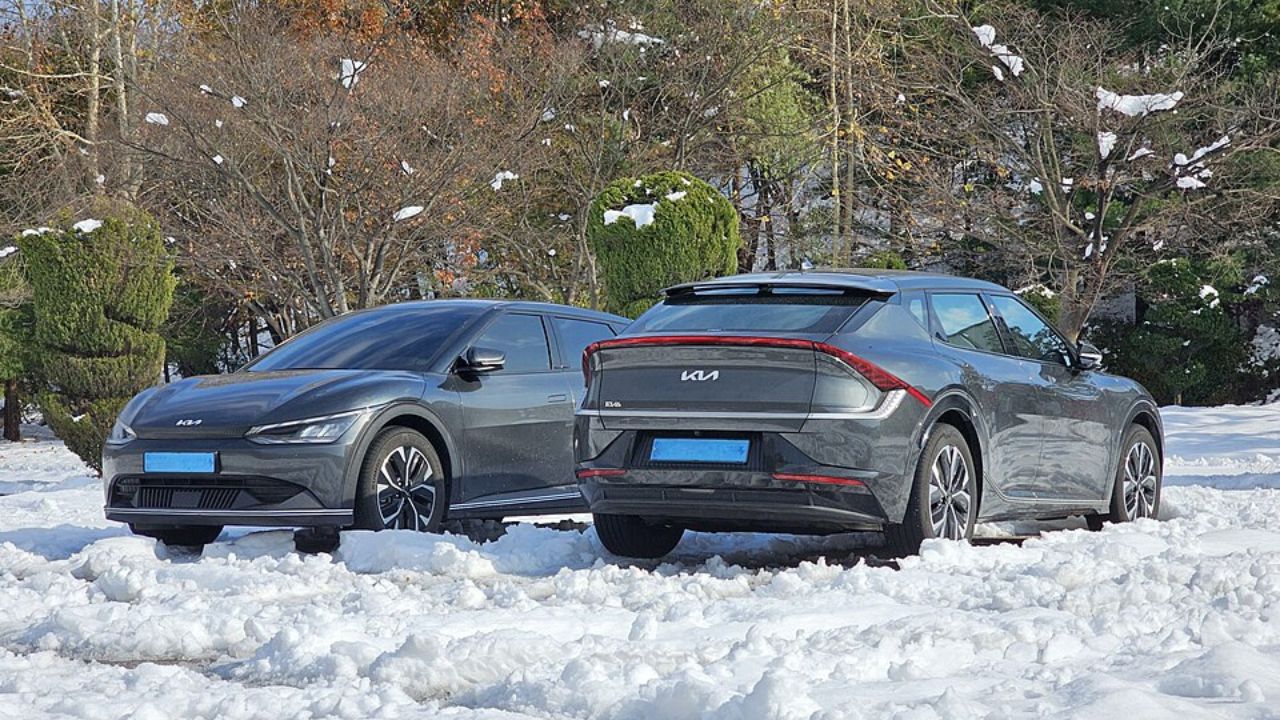
The future of long-distance EV road trips looks promising, with emerging technologies set to transform the landscape further. Advances in battery technology could lead to even greater range and faster charging times, while developments in autonomous driving may revolutionize how we approach long-distance travel. Vehicle-to-grid systems, which allow EVs to store and return energy to the grid, could enhance energy efficiency and sustainability.
Cultural shifts are also shaping the way people view road trips and long-distance travel. As EVs become more mainstream, they are likely to influence travel habits, encouraging more sustainable and eco-friendly practices. This shift could lead to a renewed appreciation for the journey itself, rather than just the destination, as drivers become more engaged with the unique experience of EV travel.
In the long term, EVs play a crucial role in promoting sustainable travel and reducing our dependence on fossil fuels. As infrastructure continues to improve and technology advances, the potential for EV road trips is boundless, offering a cleaner, more efficient way to explore the open road.
Like Fast Lane Only’s content? Be sure to follow us.
Here’s more from us:
*Created with AI assistance and editor review.


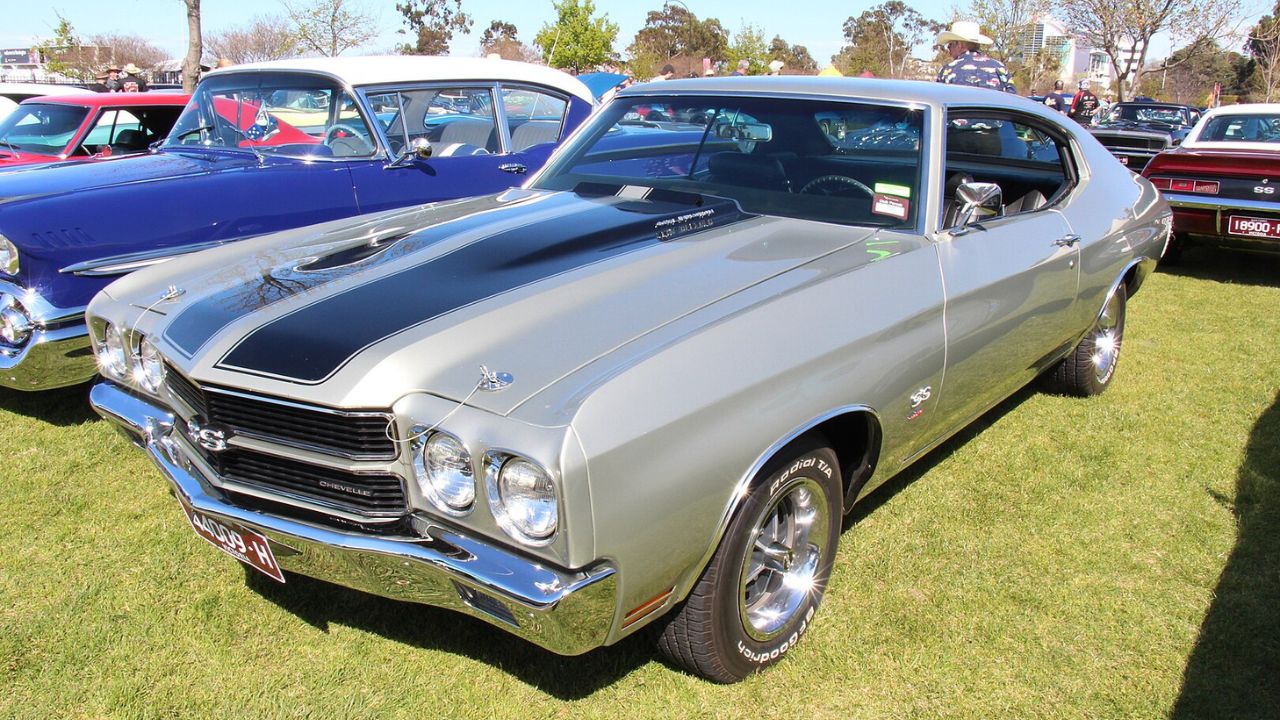

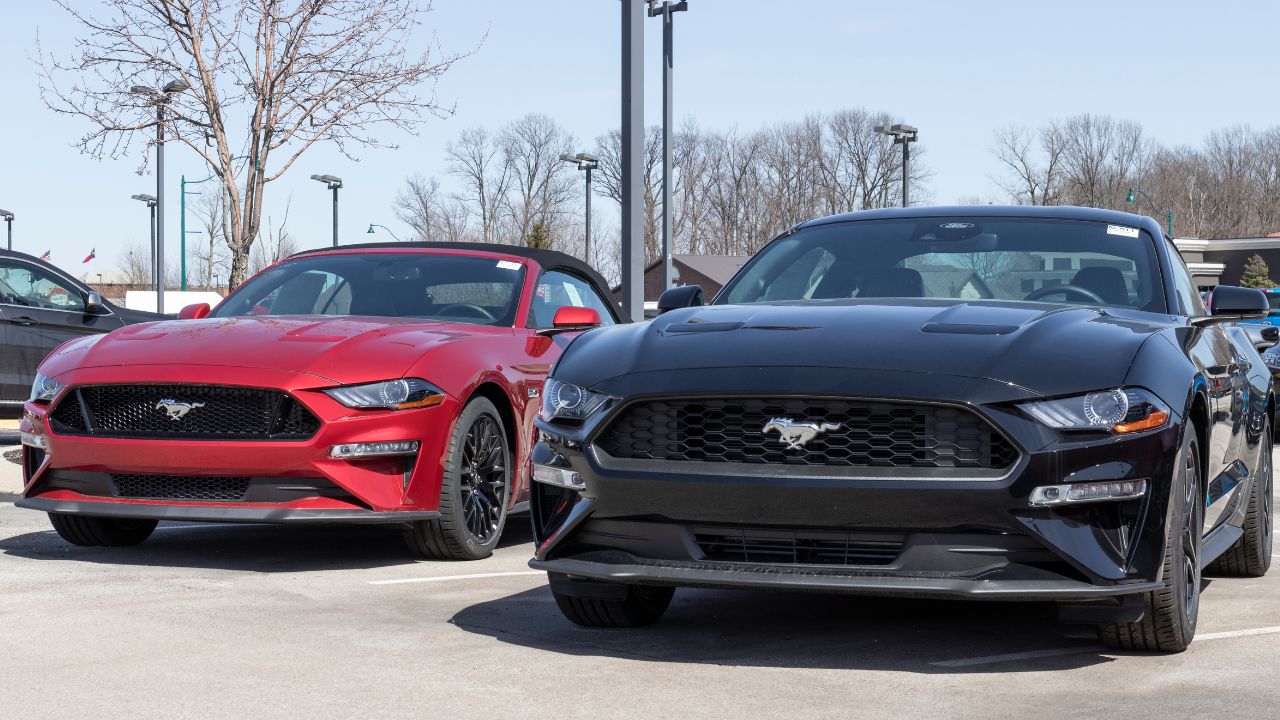

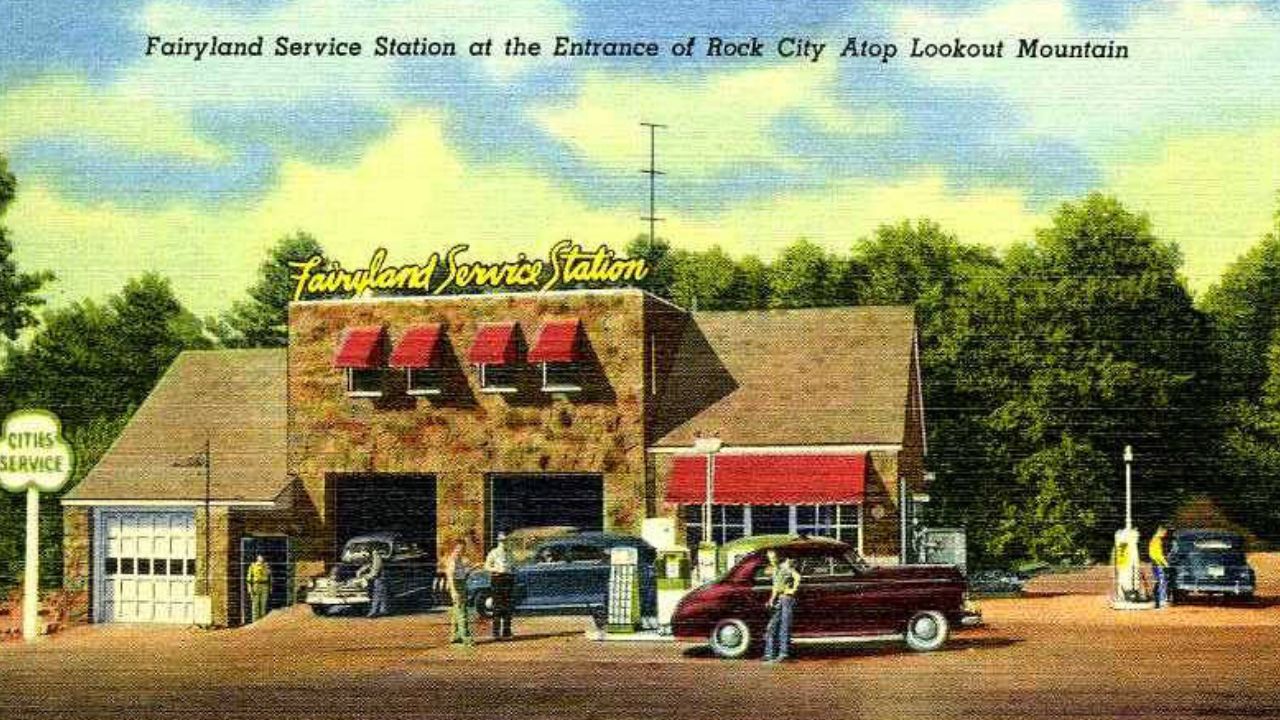
Leave a Reply